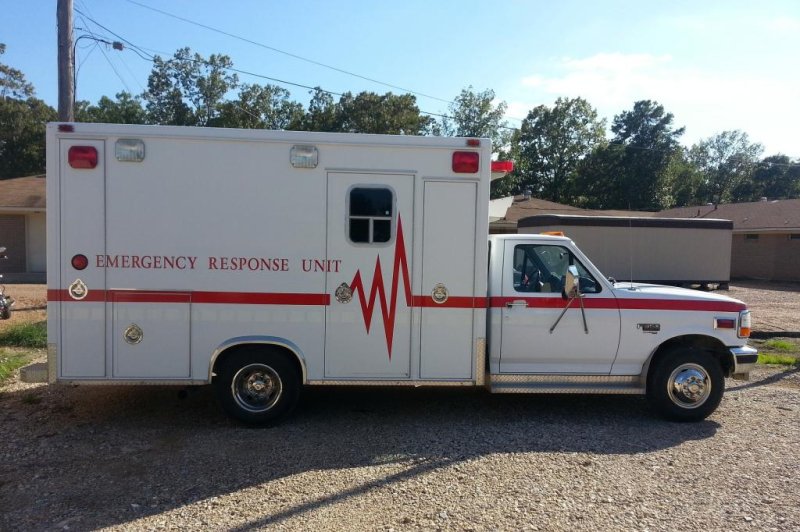A study found the odds of surviving cardiac arrest could differ by as much as 56 percent depending on the emergency medical services that transports a patient to the hospital. Photo by
2dogspoopin0/pixabay
Sept. 26 (UPI) -- The odds of surviving cardiac arrest could differ by as much as 56 percent depending on the emergency medical service delivering patients to the hospital, according to a new study.
Researchers studied 43,656 adult patients with out-of-hospital cardiac arrest handled by 112 EMS agencies in the United States and Canada from 2011 through 2015. The findings were published Wednesday in JAMA Cardiology.
The range for survival to hospital discharge ran from 0 percent to 28.9 percent, depending on the agency, researchers report.
"One of the important key messages is that we observed persisting or slightly increased variation in patient outcomes even after adjustment for many factors," corresponding study author Dr. Masashi Okubo, an instructor in the Department of Emergency Medicine at the University of Pittsburgh School of Medicine, told UPI. "This suggests that unmeasured/unadjusted factors are contributing to the observed variation. Therefore, a very simple answer is that we cannot detect underlying mechanisms of the variation."
The authors noted that differences between EMS agencies are often attributed to population served, geographical challenges to response time or practice patterns, such as the initiation of resuscitation attempts in patients with EMS-assessed out-of-hospital cardiac arrest.
"Previous studies comparing outcomes across EMS agencies have lacked sufficient power to
separate the EMS factors from differences in patient demographics, cardiac arrest characteristics and hospital care," authors wrote in the study.
The EMS crews included advanced life support, basic life support or a combination of both.
The authors decided to use "survival to hospital discharge as our primary outcome, because this allowed us to investigate several determinants of the patient-centered outcome in the chain of survival."
Secondary outcomes were favorable functional outcome at hospital discharge based on the Rankin scale and spontaneous circulation at emergency department arrival.
Patients treated by the highest-quartile EMS agencies tended to be younger, male, have shockable initial heart rhythms, collapsed in public location, had a witnessed collapse and received layperson intervention.
Patients treated by the EMS agencies with survival rates in the highest quartile more often also had treatment by more than six responding EMS personnel, shorter time interval from an emergency telephone call to EMS defibrillation, advanced airways attempted and treatment by an ALS-BLS tiered system.
Percentages were similar among patients surviving more than 60 minutes after hospital
arrival, as well.
The study did not examine the level of care at the hospital.
"Our unit of analysis was EMS agency, not hospital," Okubu said. "But, we adjusted for hospital-level post-resuscitation care such as targeted temperature management and percutaneous coronary intervention among those who survived 1 hour. We still observed large variation in patient outcomes."
How can EMS agencies improve?
"We need to identify factors that can explain the observed outcome variation -- not necessarily EMS factors -- which needs further research," he said.
In the study, the authors noted that the highest-performing agencies had more layperson interventions and more EMS personnel on the scene. "These metrics of quality of care may be used by other EMS agencies as targets to improve care and outcomes."
And modifiable factors can "include whether the decision to transport for further care is evidence
based -- Termination of Resuscitation Guideline -- or left to the discretion of the paramedics or direct medical oversight."















